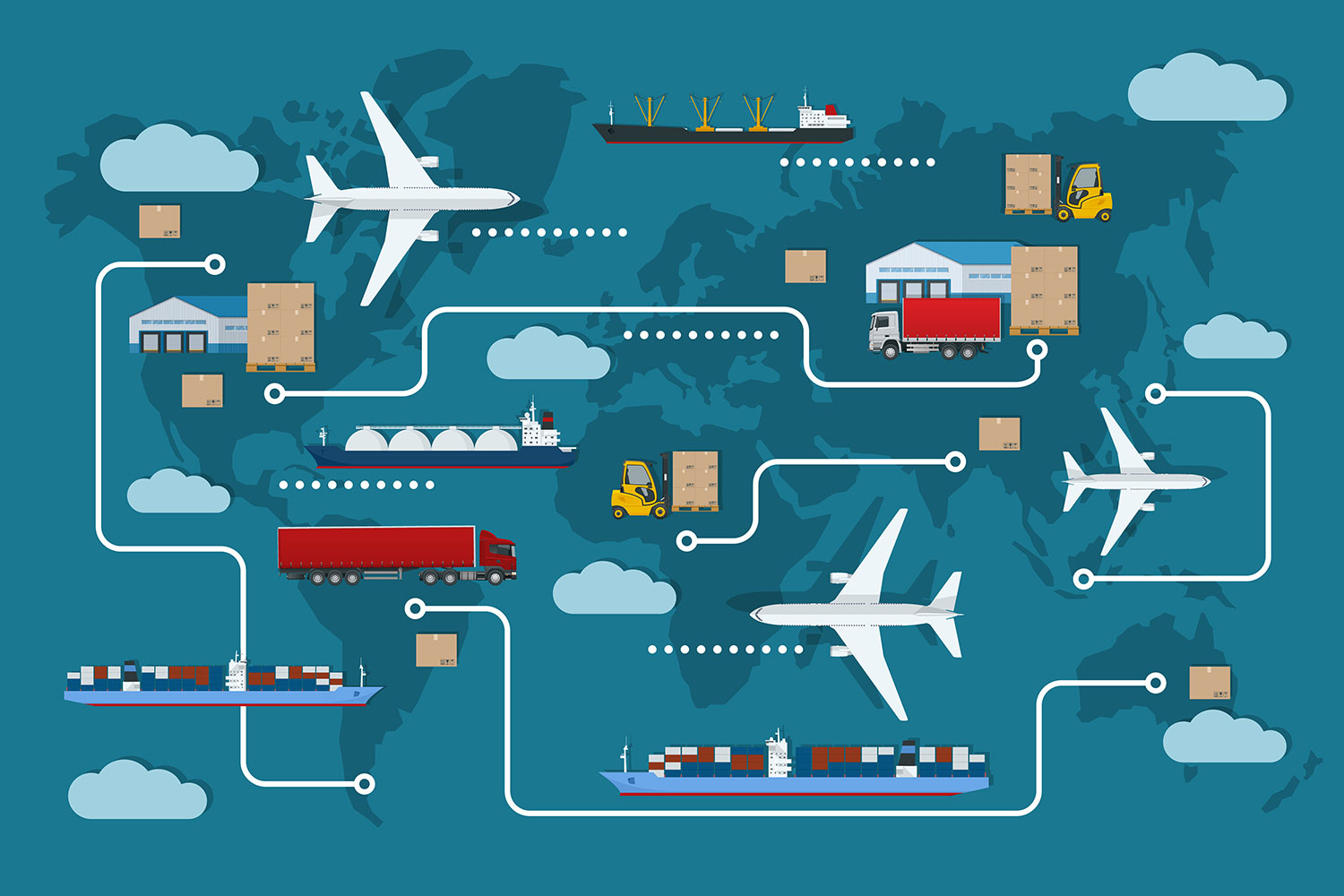Our lives are made up of yesterdays, todays, and tomorrows. Yesterdays are meant to teach us how to live our todays, and todays are meant to challenge us for our tomorrows. What you learn as you pass through this timeline is critical.
We can all agree that when we learn something, we have a visible or discernable change in an attitude or an action. Conversely, if we pass though yesterdays and todays and do not shift our view or expectation for tomorrow, we will never be guilty of maturing.
So, from a global logistics and supply chain perspective, how does this narrative play out? We learned two major things over the past several years: supply chains are vulnerable, and that real-time supply chain visibility is a requirement and the next big challenge for our tomorrow. We still do not have the tools or systems to do both well.
Supply chain visibility will solve the vulnerability problem. It will also solve the supply chain security issues that create opportunities for chaos and crime. It will also provide a new tool for supply chain predictability, which is a critical factor to running today’s longer and leaner supply chains.
Technology must evolve and patents must be filed to accomplish this new level of visibility and the predictability that will accompany tomorrow’s new normal. But technology is not and cannot provide this outcome alone. And harvesting data from disparate sources along the supply chain cannot by itself produce the security protocols required to produce the predictability necessary to function across and around the world.
As technology evolves, we must continue to be anchored in the findings on a project called Operation Safe Commerce. Operation Safe Commerce was a supply chain security initiative that was created after that horrific day in 2001 when our country was attacked by terrorists. Out of that event, companies re-aligned their control over supply chains and willingly entered into agreements with regulators to build more transparent supply chains. In this background, significant funding was provided to evaluate technology and hardware that could deliver on a promise of increased security in our tomorrows.
The container security device of yesterday did not and could not produce the security and visibility necessary to create a more robust supply chain. In fact, the technology and most of the hardware failed.
But some of the people in the logistics trenches had a vision to find a solution for tomorrow that has still taken many years to achieve. Although massive amounts of funding are pouring into the supply chain control and visibility space, still no device exists that can answer all the elements of security, visibility, and reporting that were in that original vision.
The device must be easy to secure to any conveyance, possess a robust and redundant reporting capability, provide data storage and documentation that can be produced during or after anomalies, detect chemical and human presence, capture real-time images of events during transit, and must solve difficult intrusion attempts. This type of device must be always accessible to an operating system that can produce maps of the supply chain useful in determining dwell times, transit times in each mode and record all of the stops and starts that are part of the custody transfers in the supply chain. And it must be agnostic to the mode of transport, so that it is applicable to truck, container, railcar or aircraft-loading container. Paramount to all these attributes is the ability to perform all this and with enough battery power to last two years or more.
It is a tomorrow vision, but the scriptures are clear; the people perish where there is no vision. Or taken in today’s vernacular if you aim at nothing you will hit it every time.
Our yesterdays during the global pandemic highlighted the need for such a solution. Many have and are working today on a solution for our tomorrow that will finally bring about the predictability in global trade that for many yesterdays has been elusive. The time for a global supply chain security and visibility platform is now.

